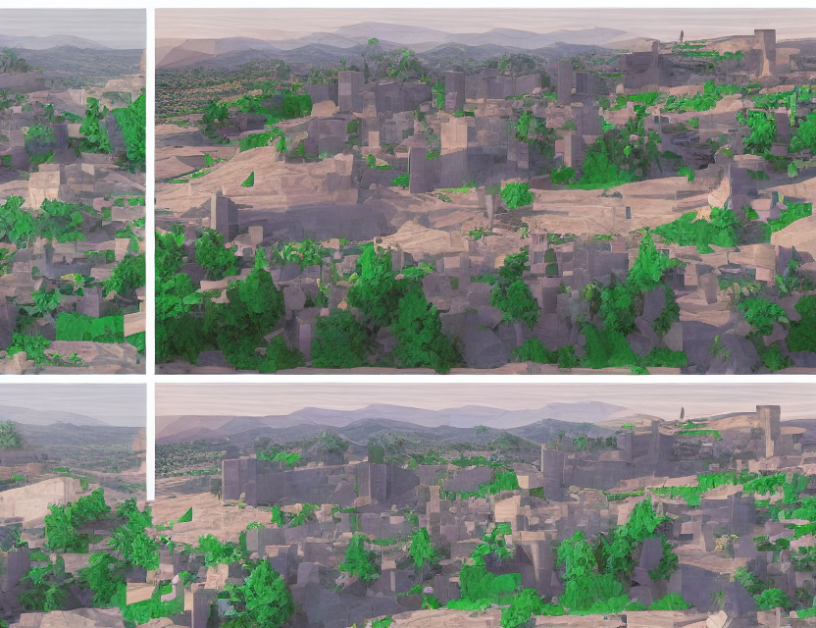In this article, we’ll delve into the realm of image reconstruction, where technology can help us enhance and restore images to their full potential. Imagine you’re taking a photo in bright sunlight; the image might appear overexposed, with details lost due to the sheer amount of light entering the camera. This is where event-aided image reconstruction comes into play – it uses the motion of objects within the scene to fill in these lost details and create a more accurate representation of what was originally there.
The article explores various techniques used in event-aided image reconstruction, including event-based video reconstruction, event-aided high dynamic range (HDR) reconstruction, image deblurring, and image super-resolution. These methods leverage the motion of objects within the scene to recover lost information, resulting in images that appear more detailed and lifelike.
To illustrate this concept, the authors use the example of a sunny day with a bright background and an overexposed foreground. By analyzing the motion of objects within the scene, event-aided image reconstruction can help restore the lost details in the overexposed area, resulting in a more balanced and natural-looking image.
The article also discusses various evaluation metrics used to assess the quality of reconstructed images, including PSNR (Peak Signal-to-Noise Ratio), SSIM (Structural Similarity Index Measure), and LPIPS (Learned Perceptual Image Patch Similarity). These metrics help researchers measure the accuracy of image reconstruction methods and identify areas for improvement.
In conclusion, event-aided image reconstruction is a powerful technology that can help enhance and restore images to their full potential. By leveraging the motion of objects within the scene, these methods can recover lost details and create more accurate representations of what was originally there. Whether you’re a photography enthusiast or simply someone who wants to better understand the world around them, this technology has the potential to demystify complex concepts and help you appreciate the beauty of images like never before.
Computer Science, Computer Vision and Pattern Recognition
Enhancing Event-Based Video Reconstruction with Color Restoration



